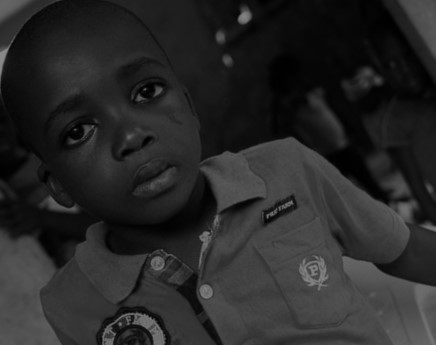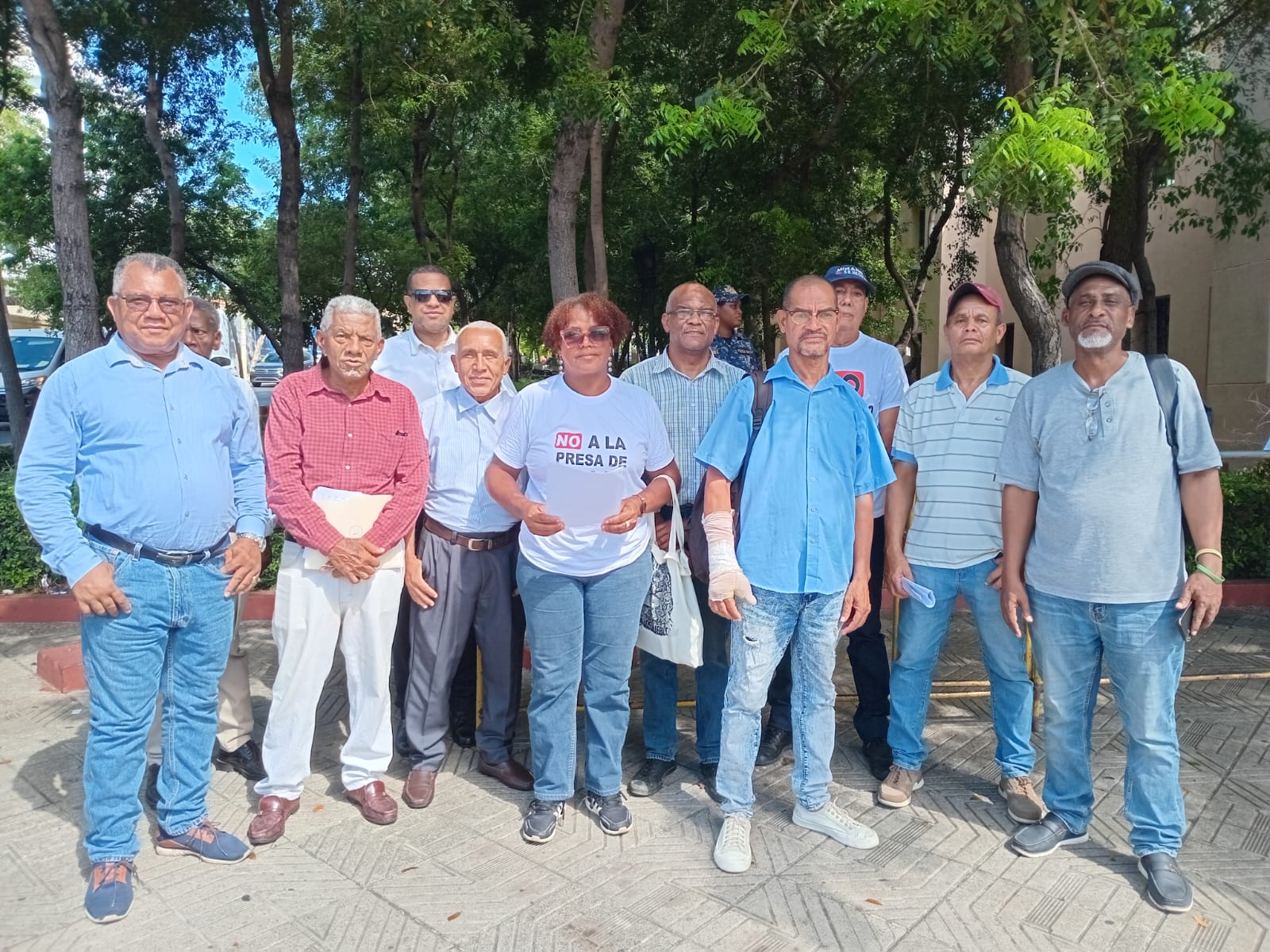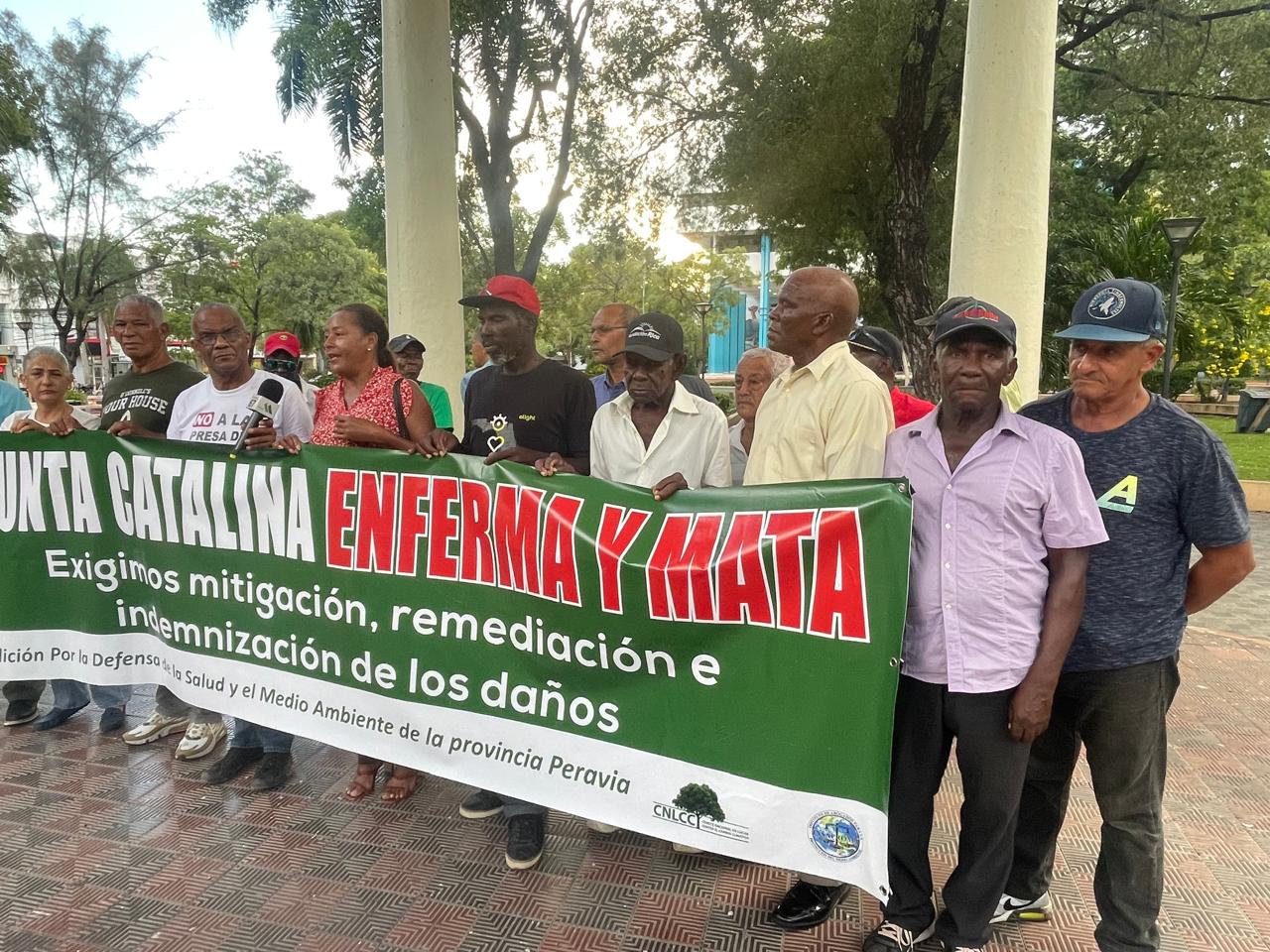Name: Solange De La Cruz Matos
GMMP Coordinator for: Dominican Republic
Since: 2015
Why are you a GMMP coordinator? What motivated you to lead the GMMP?
Since my beginnings in journalism (several decades ago) I have been immersed in gender issues, and for many years I have worked with the Espacio de Comunicación Insular (ESPACINSULAR – Island Communication Space), an organization committed to strengthening ties between the peoples of the Dominican Republic and Haiti.
As a researcher, I find the GMMP is an opportunity to contribute and receive enriching knowledge. Also, I’m involved in the GMMP because of the commitment to an inclusive and rights-based journalism with a gender focus.
In 2015, from January 8 to 10, together with the director of ESPACINSULAR, José Luis Soto, we participated in the seminar and assembly that WACC Caribbean held in Puerto Rico, and in that space, we talked about the possibility of coordinating monitoring in the Dominican Republic.
We were interested in the opportunity offered to us through the ESPACINSULAR to coordinate in the country the research carried out by the GMMP on the presence and treatment given to women in the media, in order to make visible the reality and the media treatment of women.
How are you using the GMMP methodology, tools and findings? How have any of these dimensions of the GMMP shaped the work of your organization, institution or network?
In each monitoring we have applied the methodology and tools shared with us from the GMMP global coordination to ensure that the results are reliable and comparable. We work with the monitors to familiarize and train them, so that they are able to apply them on the day selected for the data collection.
As for the results, from ESPACINSULAR we send them to the global coordination, and when we receive the final country report, and the corresponding GMMP global report, we disseminate it through the media (local and national) and our social networks.
The GMMP has allowed us to dialogue with professionals and students of social communication sciences, who have participated as monitors, but also with institutions and organizations with which we have shared the results of the monitoring. Likewise, being able to influence the media with the results of the GMMP has been a fundamental part of making the presence of women in the media more visible. Today, ESPACINSULAR is a reference in local organization of monitoring.
What positive change has the GMMP driven in your context? What contribution has it made to the process towards gender equality in or through the media?
We have not been able to document whether changes have been experienced. But we have socialized in the media and with the organizations the results of each monitoring on the presence of women as subjects, the way they are made invisible, and the machista character that predominates in the Dominican media and in general.
As we mark the GMMP’s 30th anniversary now in 2025, why do you believe that it is crucial for the GMMP to continue?
In order to give continuity to the issues of gender inequality, both in the governmental sphere and in civil society organizations, we must have up-to-date data collected using a scientific methodology that allows us to document setbacks and advances.
The task of achieving a greater presence of women in the media is a long and ongoing one. Making gender equality possible, and ensuring that it is reflected in the media, will not be an easy task. The GMMP has proven to be a very useful measurement tool. For this reason, we consider the continuity of the GMMP to be essential.
Solange De La Cruz Matos, Espacio de Comunicación Insular (ESPACINSULAR), Dominican Republic.





